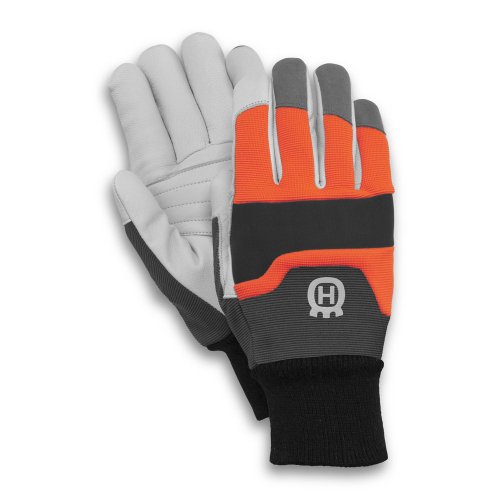Tony Snyder
Addicted to ArboristSite
I am bugged by what I see as most manufacturers building their 41 to 45 cc saws on their 50cc platforms.
Am I missing a manufacturer's model that is a strong 45cc saw and is sized and weight in perportion?
I used to hunt a lot, I would never buy a small gauge shotgun that had been built on a 12 gauge frame. It just goes back to power to weight. Any thing less than the optimized proportion is just poor design.
Whats your thoughts?
Am I missing a manufacturer's model that is a strong 45cc saw and is sized and weight in perportion?
I used to hunt a lot, I would never buy a small gauge shotgun that had been built on a 12 gauge frame. It just goes back to power to weight. Any thing less than the optimized proportion is just poor design.
Whats your thoughts?























































